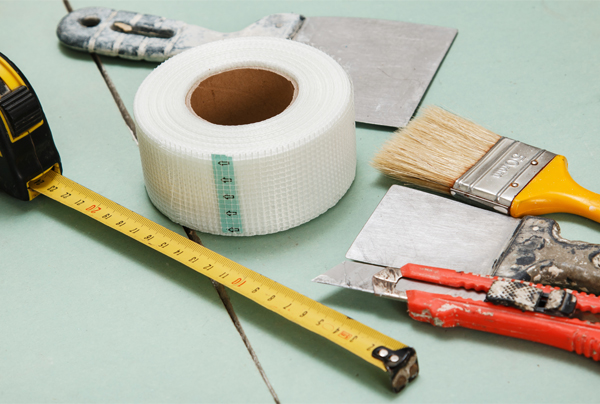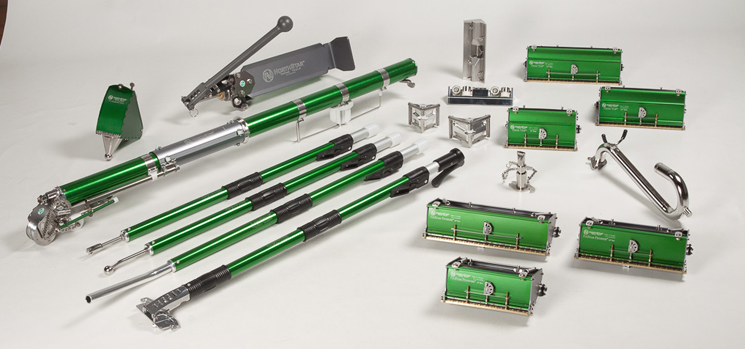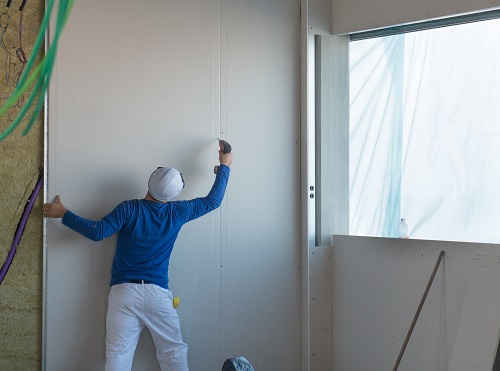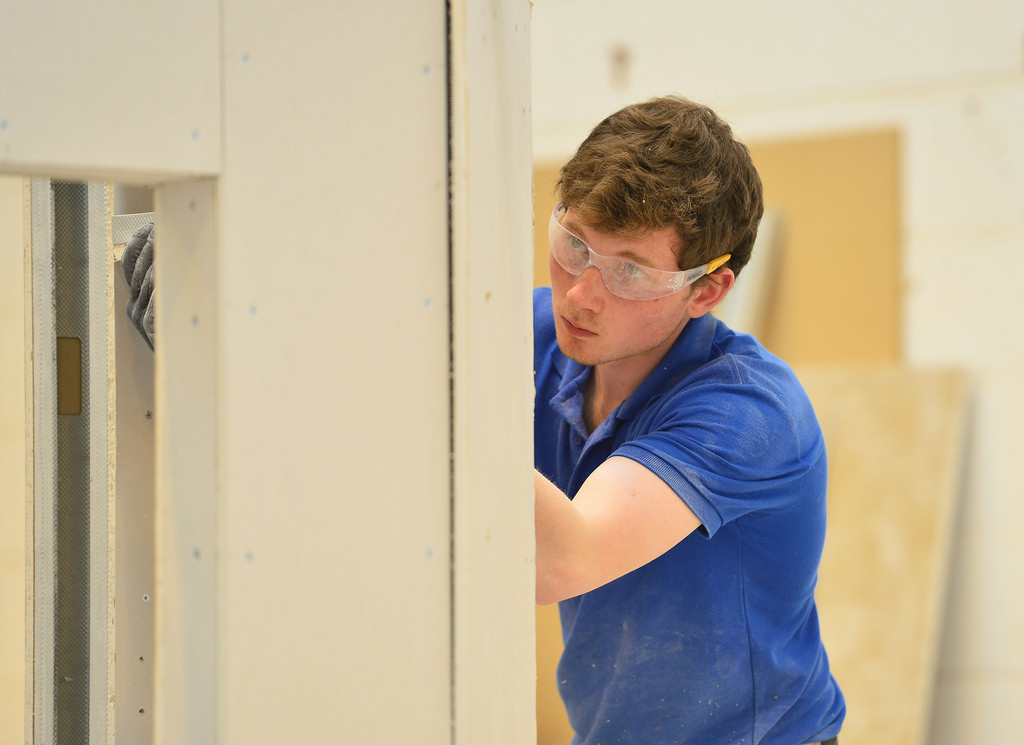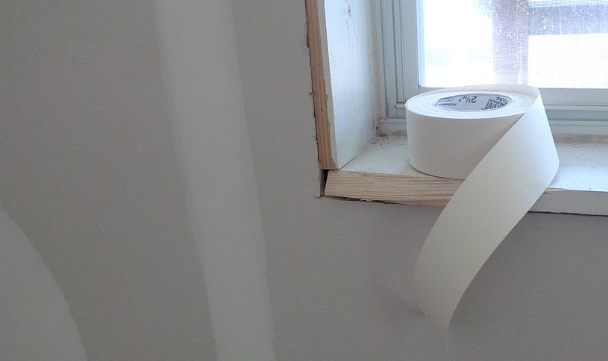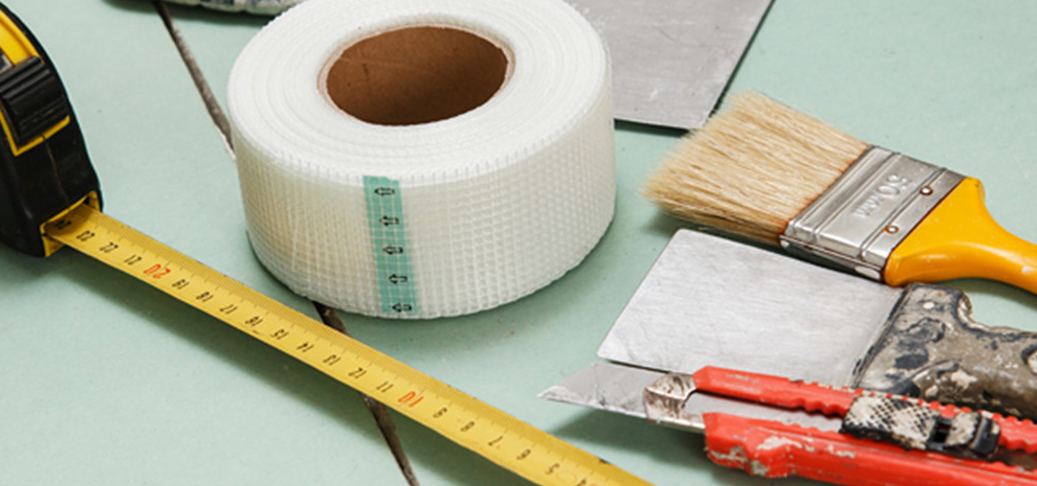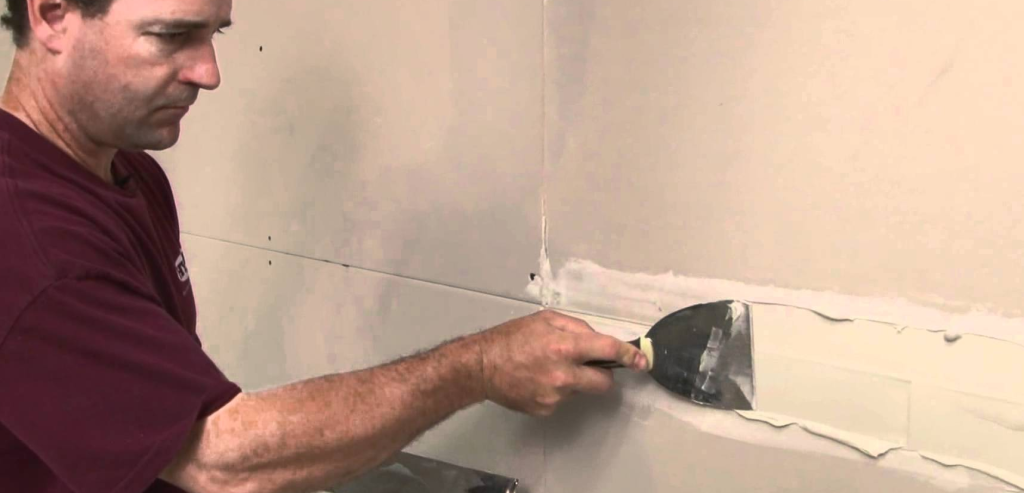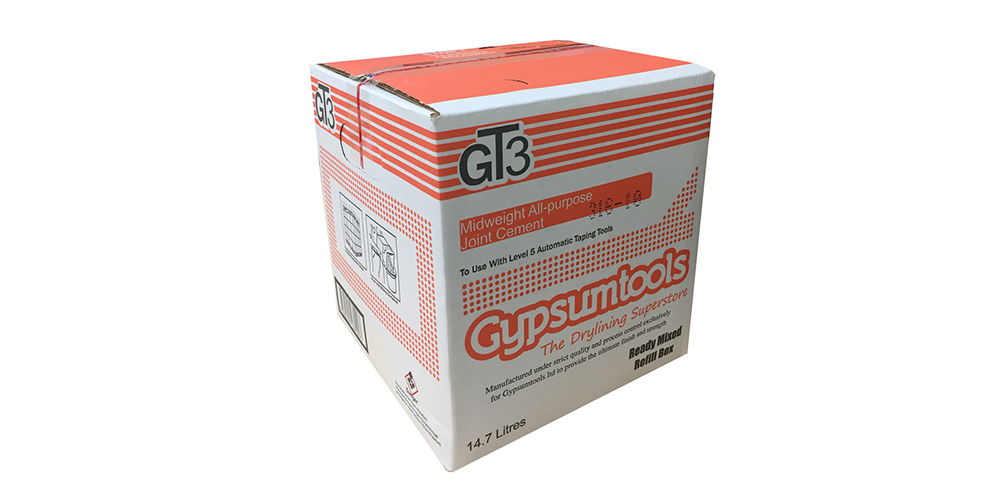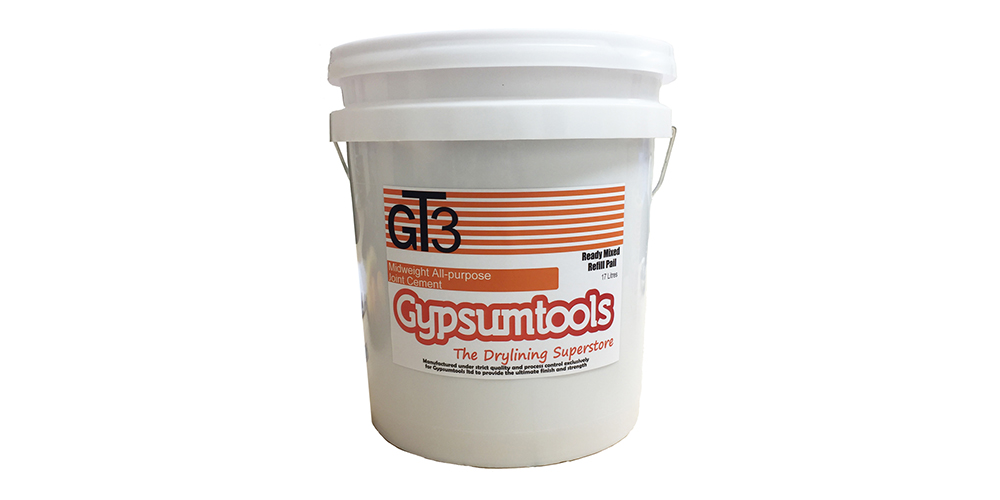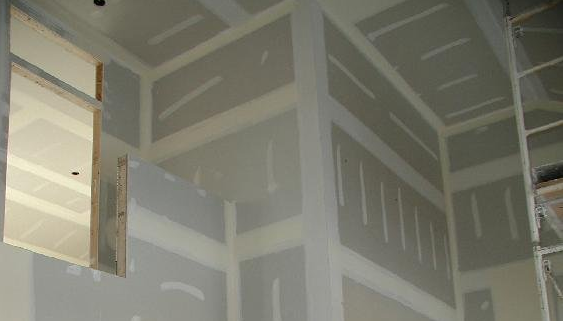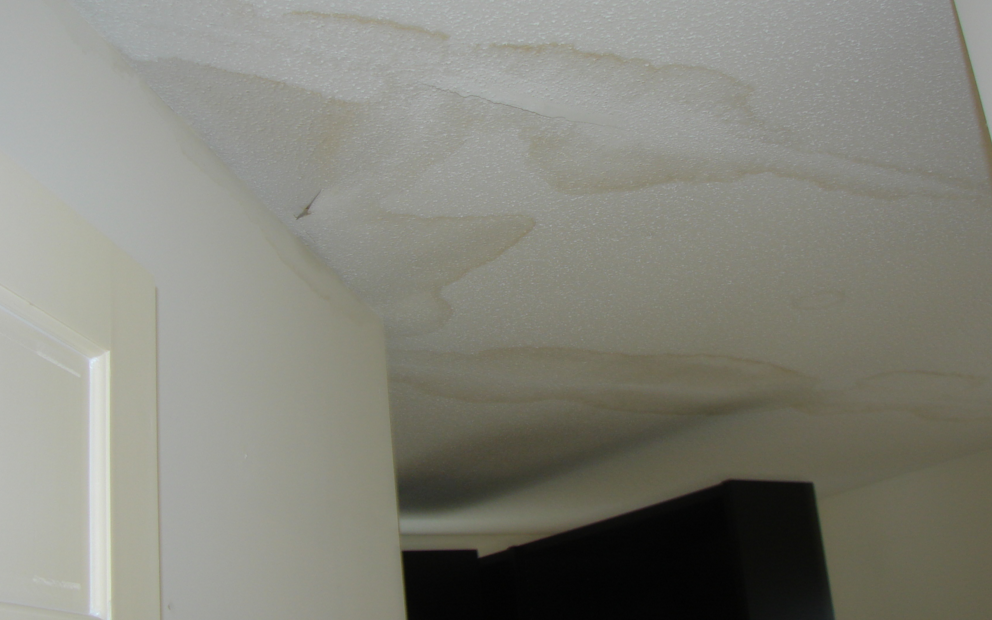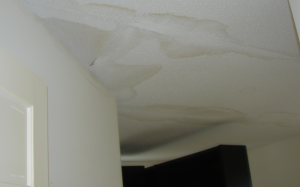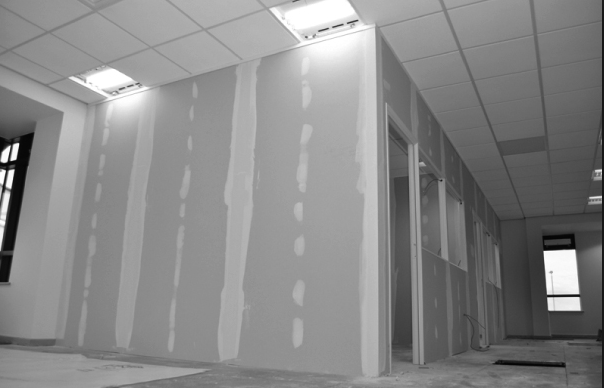There’s one thing you should never forget that when you’re plastering a wall – and that’s preparation. Preparation is everything.
A flawed surface underneath your handiwork is going to be much harder for you to cover. Get it right, or you won’t be able to guarantee to get that smooth professional finish you’re after.
Skip this step and you’ll spend far too long working to hide the dodgy joins that haven’t been properly prepared in the surface below. That’s why, whether you’re plastering a tiny patch of wall in the kitchen or a major commercial property, plastering tapes are going to be your all-round best friend.
Types Of Plastering Tape
Plastering tape comes in a few different types, making it suitable for the whole range of walls and surfaces you could ever find yourself drywalling. Basic drywall tape is usually made of paper, which means it’s easy to tear, flexible to use, and lightweight to apply.
When you’ve applied your jointing compound to fill the gap between plasterboard panels, a strip of drywall tape over the top ensures that the join doesn’t become visible again when the wall has dried. Perfect.
Scrim tape is very popular for beginners working with plasterboard, and it’s also a good all round tape. It has the added benefit that you don’t need to use jointing compound with it, so it’s less fiddly. Made of fibreglass, the construction is like an interwoven mesh of threads, which gives it the flexibility and strength you need, and it won’t bubble up or move around like some other tapes.
Lastly, we’d also highlight Wondertex metal angle tape which a superior style of tape that is reinforced with galvanised metal. This steel reinforcement gives the tape incredible rigidity and strength, making it perfect for finishing internal and external drywall corners.
With a specially-designed fold down its middle, this style of tape can be applied quickly and easily with the assurance each corner will be straight and sharp.
Find The Perfect Tape For The Job
When you’ve chosen the type of tape you need for this job, make sure you get the right width. Normally 1 to 2 inches is fine, but if you’re working on a bigger area, you can get much wider tapes. Ultimately you just want to keep the joins as tidy as you can, so speak to us for more guidance here if you need it.
You’ll learn by experience how to get the preparation right the first time, with just the right drywall and plastering tapes.
Experienced dryliners have their preferences, and some stick with tried and tested tapes they’ve used for years. Others experiment with new tapes as and when they come on the market. The important thing is to finish the join as if it was going to be on display – then the plastering on top will be a breeze!
Still need some guidance? Get in touch and we’ll be happy to help!

